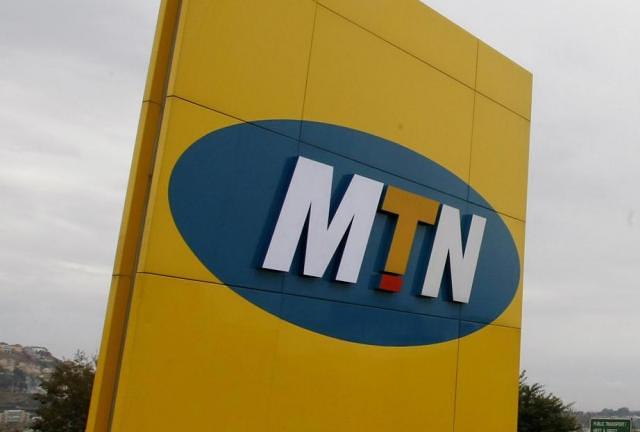Intel® Security has released its McAfee Labs 2017 Threats Predictions Report, identifying 14 threat trends to watch in 2017.
McAfee Labs is the threat research division of Intel Corporation’s Intel Security Group, and one of the world’s leading sources for threat research, threat intelligence, and cybersecurity thought leadership.
The McAfee Labs team of researchers collects threat data from millions of sensors across key threat vectors—file, web, message, and network.
It then performs cross-vector threat correlation analysis and delivers real-time threat intelligence to tightly integrated McAfee endpoint, content, and network security products through its cloud-based McAfee Global Threat Intelligence service.
McAfee Labs also develops core threat detection technologies—such as application profiling, and graylist management—that are incorporated into the broadest security product portfolio in the industry.
The most critical developments to watch for in cloud security and the Internet of Things (IoT) security, and the six most difficult-to-solve challenges facing the cyber security industry.
The report was developed by 31 Intel Security thought leaders who examined current trends in cybercrime and made predictions about what the future may hold for organizations working to take advantage of new technologies to both advance their businesses and provide better security protection.
The report said “To change the rules of the game between attackers and defenders, we need to neutralize our adversaries’ greatest advantages,” said Vincent Weafer, vice president of Intel Security’s McAfee Labs. “As a new defensive technique is developed, its effectiveness increases until attackers are compelled to develop countermeasures to evade it. To overcome the designs of our adversaries, we need to go beyond understanding the threat landscape to changing the defender-attacker dynamics in six key areas: information asymmetry, making attacks more expensive, improving visibility, better identifying exploitation of legitimacy, improving protection for decentralized data, and detecting and protecting in agentless environments.”
On key 2017 threats predictions, the report said major dangers include threats around ransomware, sophisticated hardware and firmware attacks, attacks on “smart home” IoT devices, the use of machine learning to enhance social engineering attacks, and an increase in cooperation between industry and law enforcement:
Ransomware attacks will decrease in volume and effectiveness in the second half of 2017.Windows vulnerability exploits will continue to decline, while those targeting infrastructure software and virtualization software will increase. Hardware and firmware will be increasingly targeted by sophisticated attackers.
Hackers using software running on laptops will attempt “dronejackings” for a variety of criminal or hacktivist purposes.
Mobile attacks will combine mobile device locks with credential theft, allowing cyber thieves to access such things as banks accounts and credit cards.
IoT malware will open backdoors into the connected home that could go undetected for years.
Machine learning will accelerate the proliferation of and increase the sophistication of social engineering attacks.
Fake ads and purchased “likes” will continue to proliferate and erode trust. Ad wars will escalate and new techniques used by advertisers to deliver ads will be copied by attackers to boost malware delivery capabilities. Hacktivists will play an important role in exposing privacy issues. Leveraging increased cooperation between law enforcement and industry, law enforcement takedown operations will put a dent in cybercrime.
Threat intelligence sharing will make great developmental strides in 2017.Cyber espionage will become as common in the private sector and criminal underworld as it is among nation-states. Physical and cybersecurity industry players will collaborate to harden products against digital threats.
McAfee Labs also provided predictions for IoT and Cloud security during the next two to four years, including threat, economic, policy, and regional trends likely to shape each area.
Gathering insights from Intel Security researchers, the following predictions also anticipate the responses we expect to see from device manufacturers, cloud service providers, and security vendors.









